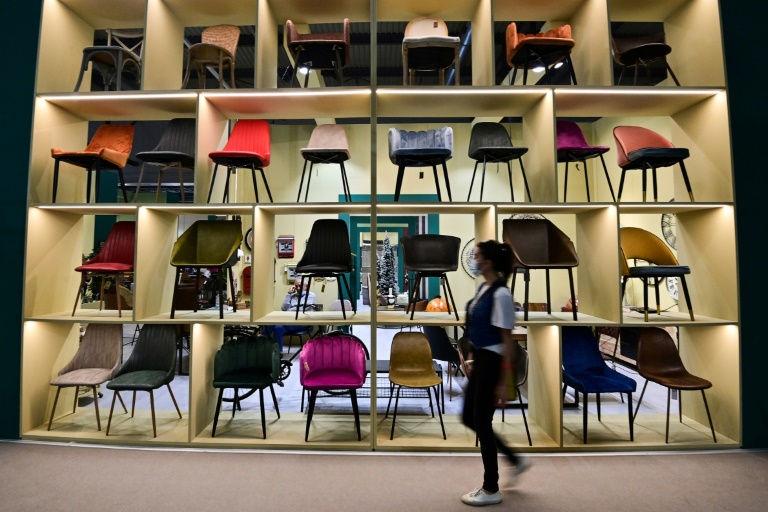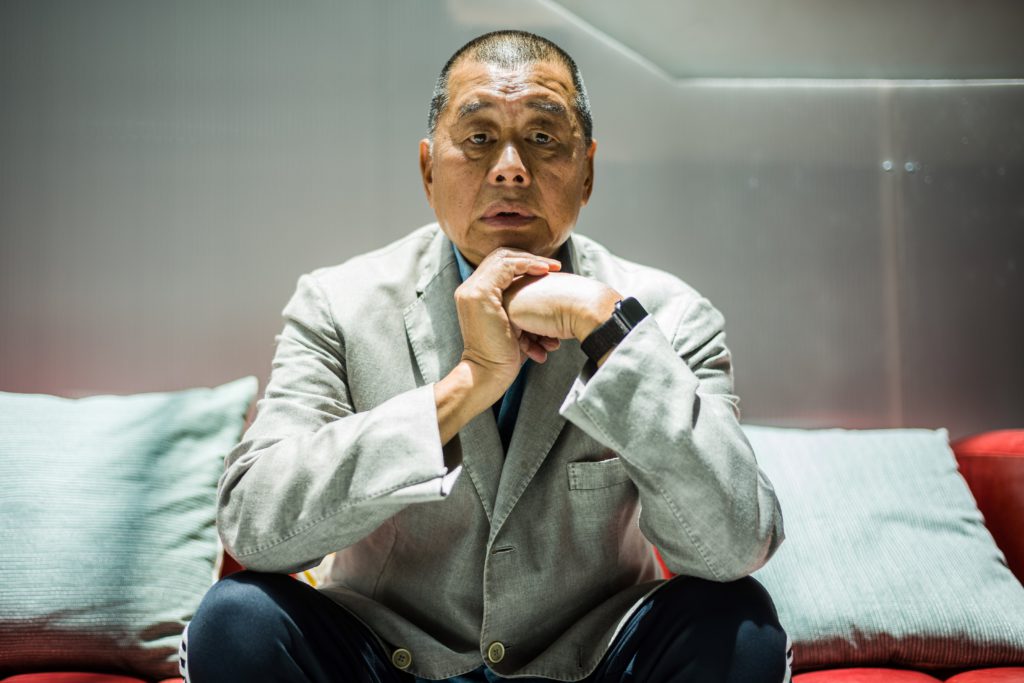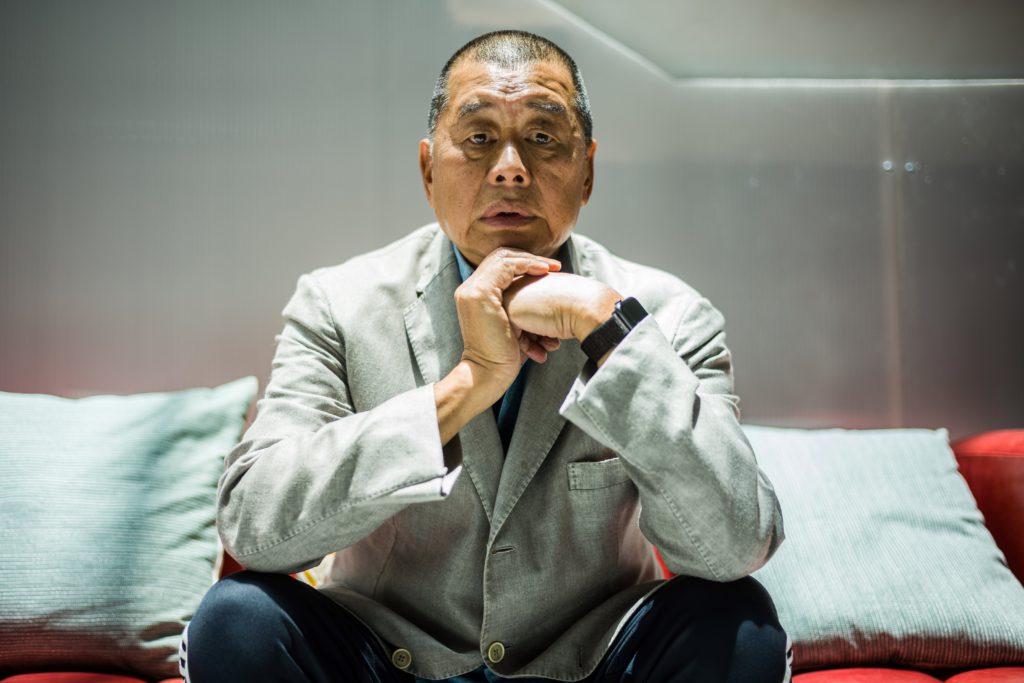A pool table that changes into a dining table, a bookshelf that transforms into a filing cabinet and noise-cancelling panels to facilitate home-working: adapting to life after coronavirus was on the minds of many exhibitors at Milan Furniture Fair this week.
After months cooped up at home, many people’s houses and apartments have been transformed into offices, schools, gyms and playgrounds, blurring the lines between public and private spaces.
“The home has become a refuge for its inhabitants, a welcoming place that reflects the personality of each of them and offers both comfort and a certain flexibility,” Maria Porro, head of the Salone del Mobile fair, told AFP.
“Hence the search for materials that feel nice to touch, and multifunctional pieces that allow spaces to be modulated and personalised.”
– Modular billiards –
A pool table in canaletto walnut laid with plates and candles draws the eye of visitors, who stop to feel its smooth surface and take photos.
“Demand has increased with the pandemic because people have rediscovered their home and want a games area that transforms easily into a dining table or desk,” said Guido Rossi of the manufacturer MBM Biliardi.
Nearby, Ferrimobili offers tailor-made products including a shelf that houses an extendable desk, adapted for the needs of people working from home.
“It’s the ideal solution for small spaces. With the pandemic, clients want a home that is more functional but also still elegant,” said Domenico Tescione from the Rimini-based firm that saw its revenues increase by 20 percent last year.
The wider Italian furniture industry had a difficult 2020, when the country endured months of coronavirus lockdowns, with turnover falling 8.9 percent to 21.2 billion euros ($25 billion).
In the first half of 2021, however, sales soared and even overtook pre-pandemic levels, at 14.3 percent higher than the same period in 2019.
– Bright colours –
Comfort has become increasingly important. “Working for hours on an old table and repurposed chair is unacceptable,” said Andrea Bottoli of office furniture firm Martex.
Home-workers who spend much of their day in videoconferences are also focusing more and more on their image.
“They put the company logo as a backdrop, they try to find the most attractive part of their house and adapt the light so they don’t look too tired,” Bottoli said.
Before the pandemic, “clients looked for office furniture that made it feel more like home — and now it’s the reverse. They want an office at home, without it looking like a workplace”, added designer India Mahdavi.
Another trend during lockdowns was that “people wanted their house to be a happy place, so with more colour and greenery”, she told AFP.
The trend of searching out durable, solid and sustainable material was highlighted by the fair’s “urban forest”, 100 maples, oaks, lime, apple and plum trees that welcomed visitors and will later be replanted around Milan.
“The pandemic has revealed a huge appetite in people for creating, for renovating their homes, because they are staying at home, they don’t travel so much,” said French designer Pierre Yovanovitch.
He believes “people want comfort, sensuality”, not cold, white interiors: “They are searching for more playfulness, more colour, more joy.”










